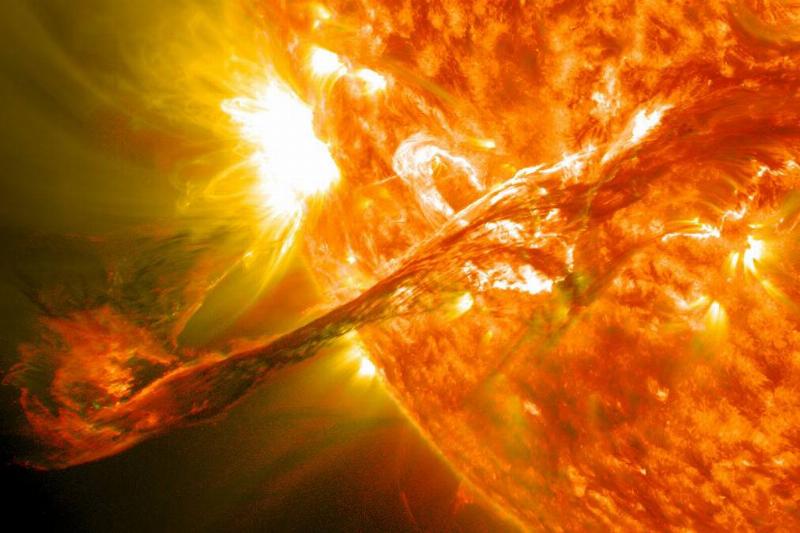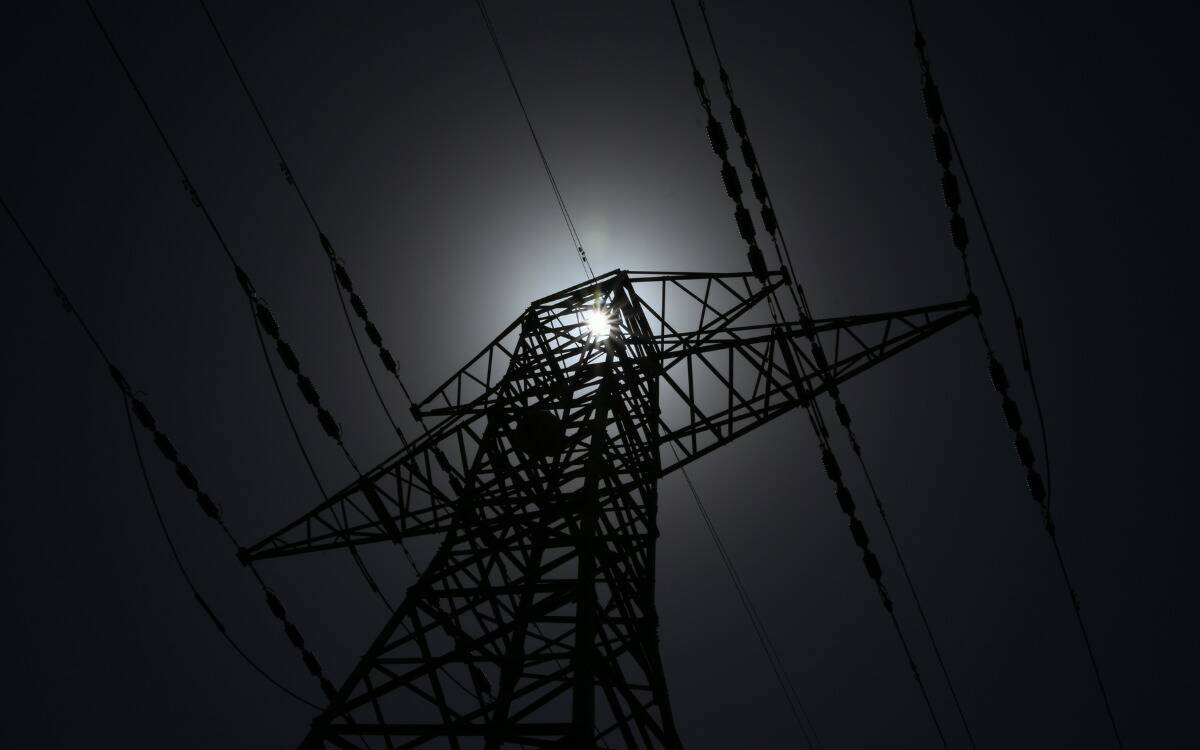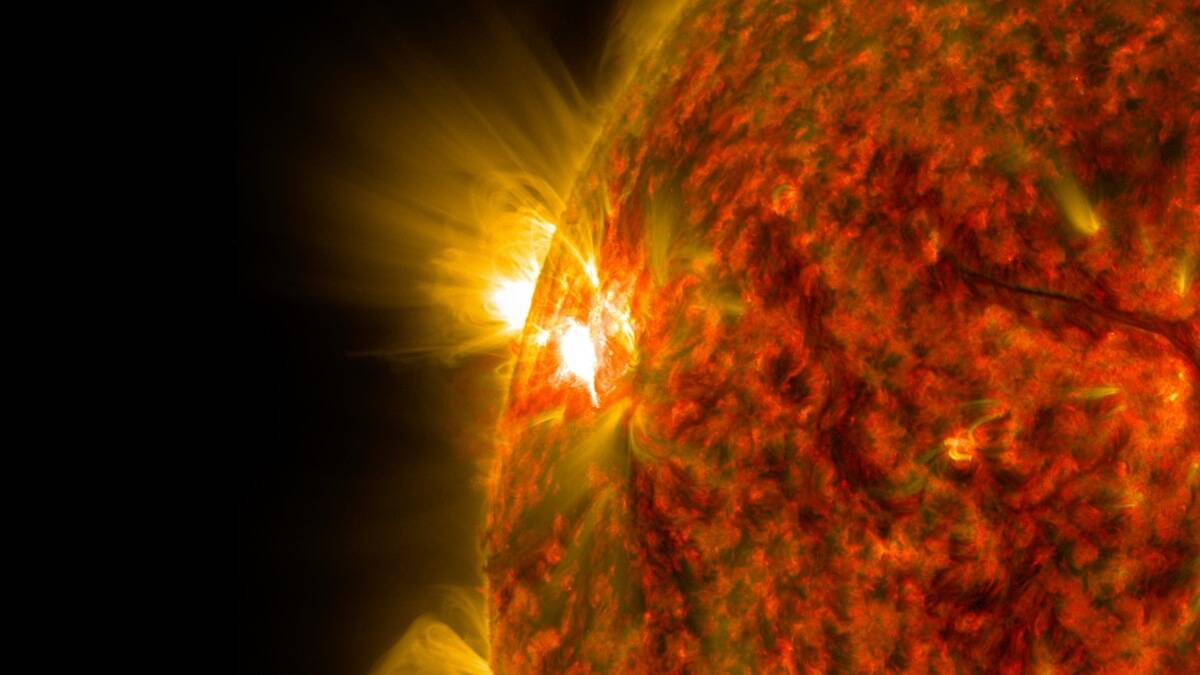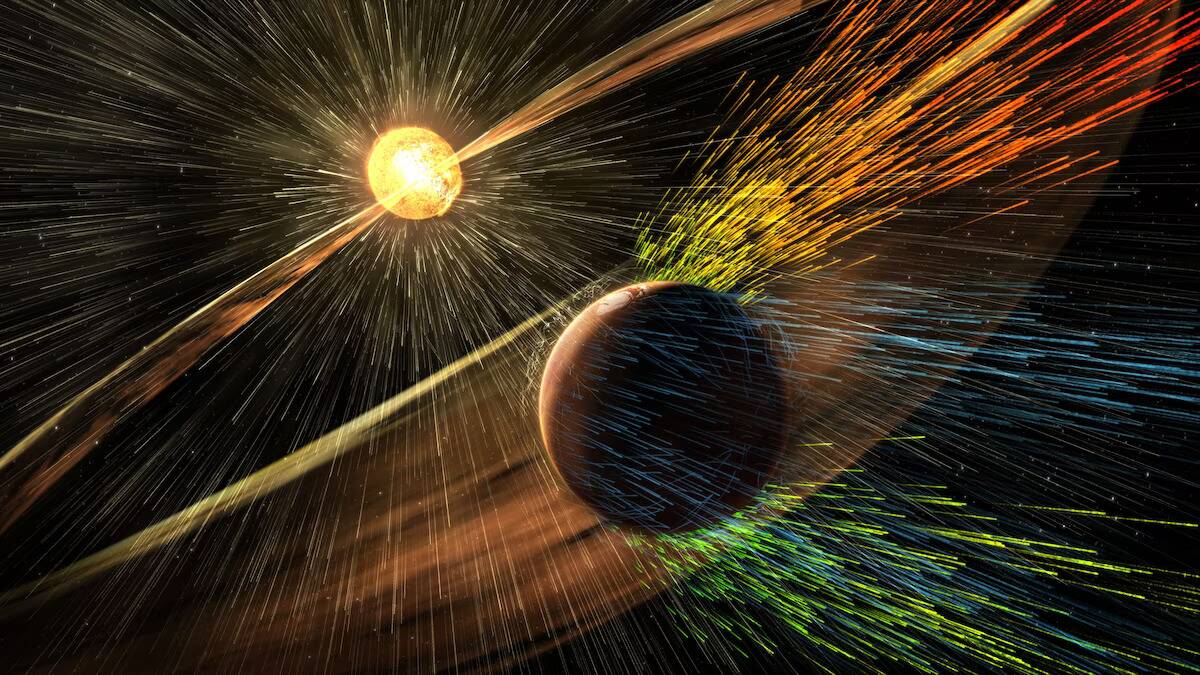‘Internet Apocalypse’ Caused By Solar Storm Could Be Coming, Warns Experts
In today's hyper-modern age, there are very few greater inconveniences than one's power being out. Immediately, many people's hobbies are knocked out, as are their means of working. Even a short power outage can throw many things completely out of whack.
What about a power outage that lasted months? Or one that was experienced worldwide? That's what experts warn could happen if the Earth is struck with an 'internet apocalypse,' a phenomenon that some experts warn could come in the next few years.
Amidst the potential chaos and uncertainty of such an event, it's natural to experience self-doubt, but you don't have to let that hold you back. This free audio introduces a special "brain hack" technique designed to instantly skyrocket your confidence levels.
By short-circuiting negative thinking patterns and unlocking unparalleled levels of confidence and fearlessness within minutes, this technique has proven its transformative power. Click here and start experiencing the extraordinary effects of this free audio MP3 that reprograms your brain for total confidence.
History Repeats Itself

Like everything in our solar system, the sun is on a cycle. Every 11 years or so, it reaches its peak power, which can cause some cosmic troubles due to the intensity of its light, heat, and energy.
During this time, Earth and all its neighbors have to endure solar flares and coronal mass ejections, or CMEs, that throw solar particles all about. There's nothing we humans can do to avoid this peak, all we can do is wait it out, but it tends not to harm us anyway.
That is, if this power surge is mild to moderate in strength. What could happen if it's more intense, more dangerous?
Look To Reality

There have been speculations on this in media of all kinds, usually going in the direction of a lethal temperature spike or a fiery rain of solar sparks, something immediately frightening for viewers to imagine.
Thankfully, in the real world, things haven't become that dire, but solar flares and CMEs are increasing in strength. While they might not yet be a threat to our lives, there's a chance they could cause another type of catastrophic wave that would be felt the world over.
Measurable Damage

While these flares and ejections don't quite reach close enough to Earth's surface for us to be concerned, they can still affect our atmosphere and cause low-orbit satellites to go a bit haywire. This can have some serious impact on both our communication and electrical systems down on land.
In fact, it's happened before. In 1895, an extremely intense geomagnetic storm now known as The Carrington Event struck Earth, delivering a powerful blow to the budding communication systems we'd created thus far. Telegraph lines across North America and Europe were on the fritz.
A Modern Apocalypse

If a storm similar to The Carrington Event happened today, now that we have far more than just telegraph lines keeping us connected, the impact would be astronomically disastrous.
It's estimated that there would not only be worldwide blackouts but severe, lasting damage to communication systems and electrical grids, damage that could last months. This would not only impact our personal lives, but it would also deal devastating blows to the supply chains for items like food, water, and medication.
This potential outcome has been dubbed an "internet apocalypse" by experts.
Closer Than We Think

Remember that 11-year cycle the sun is on? In 2025, it will be reaching the aforementioned peak of that cycle, hitting its "solar maximum." This means that an internet apocalypse could be just a few years away.
"We've never experienced one of the extreme case events, and we don’t know how our infrastructure would respond to it," said Sangeetha Abdu Jyothi, a computer science professor at University of California who's written a paper on preparing for an internet apocalypse. “Our failure testing doesn’t even include such scenarios.”
Close Surveillance

Thankfully, there are precautions being made to prevent such an apocalypse from happening, safeguarding our many necessary systems that keep the world afloat.
NASA's Parker Solar Probe, which was launched in 2018, currently orbits the sun with an ever-increasing proximity. Its duty is to help researchers be able to detect and analyze the 'winds' that surround the sun, which they can then use to understand, predict, and potentially help prevent the effects of solar energy releases on Earth.
Knowing Ahead Of Time

"Winds carry lots of information from the Sun to Earth, so understanding the mechanism behind the Sun's wind is important for practical reasons on Earth," said James Drake, a researcher from the University of Maryland. "That's going to affect our ability to understand how the Sun releases energy and drives geomagnetic storms, which are a threat to our communication networks."
The knowledge gained from this probe can help scientists better prepare for and protect against solar flares, CMEs, and other dangerous explosions of energy from our sun.
Embracing The Unknown

Not only is space full of great mysteries and vast depths we haven't even gotten close to exploring, it's also full of great dangers, things that could wipe us out as a population if they were even one inch off course.
That doesn't mean we ought to be living in fear, though, not when there's still so much beauty to witness, both on our planet's surface and beyond. You have to trust that we're in good hands, that people are looking out for us, and march onward in comfort.
Embracing our fears is a crucial part of personal growth, and there's a way to conquer them. This free 10-minute audio can help you overcome any phobia, from spiders to public speaking to heights.
When you're ready to embark on your journey to conquer your fears, click here to experience the life-changing benefits of this audio. It's time to unlock your full potential and embrace a fearless existence.





